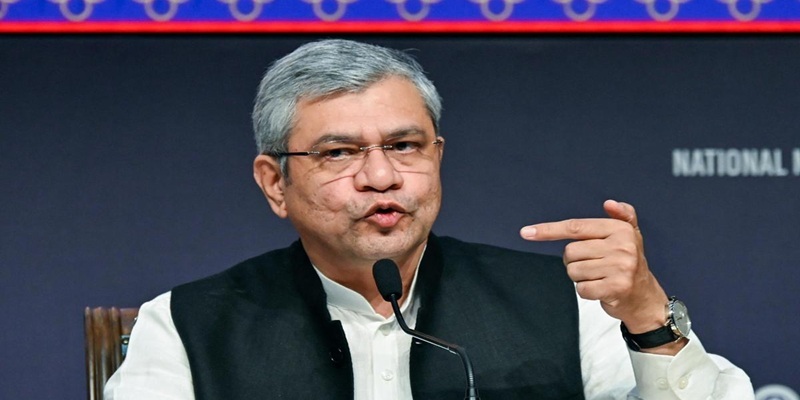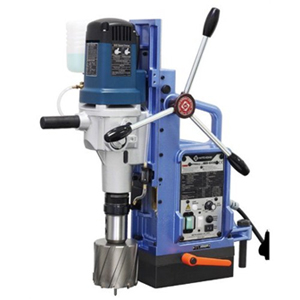Schedule a Call Back
India’s Top 100 Engineering Companies 2025 by Smart Manufacturing & Enterprises
 Articles
Articles- Oct 25,25

- Net profit reflects the actual value created for shareholders.
- Revenue indicates market demand for a company’s products and services.
- Companies with significant income from non-core segments such as real estate were excluded after manual review.
- Firms that had not published FY25 fourth-quarter results were not considered.
- Organisations that chose not to participate were also excluded.
- Only companies with FY25 revenues below Rs 5,000 crore were included.
- Companies had to be profitable in FY25 to qualify.
- Very Large: Rs 2,000 crore – Rs 5,000 crore
- Large: Rs 1,000 crore – Rs 2,000 crore
- Medium: Rs 250 crore – Rs 1,000 crore
- Small: Rs 75 crore – Rs 250 crore
Related Stories

Vipul Organics Automotive Organic Intermediates Exports Cross Rs 40 Million
Cumulative exports of this high value speciality intermediate have now crossed Rs 40 million, marking a strong and steady scale-up in global demand.
Read more
Electronics Sector Targets USD 500 Bn Output by 2030
India’s electronics industry expects strong growth driven by FTAs and incentives.
Read more
Government Clears 17 Electronics Projects Worth Rs 71.72 Bn
Seventeen electronics component projects have recently been approved in India.
Read more















